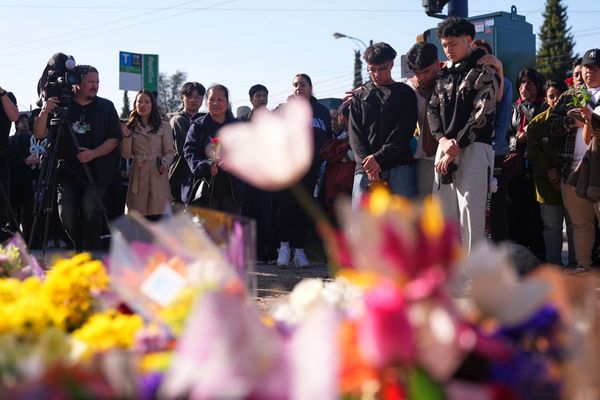New research has revealed that more than three in four university and TAFE students have struggled to pay for period products.
The research comes from Share the Dignity’s 2024 Bloody Big Survey, which collected data from nearly 154,000 Australians understand the current state of menstruation in Australia.
The survey reveals that the number of tertiary education students struggling to afford period products due to cost has risen since the last Bloody Big Survey was conducted in 2021, making clear the real impact of the cost of living crisis on those who menstruate.
While every state and territory in Australia now mandates free period products in public high schools, tertiary institutes don’t generally don’t provide their students with access to products.
When you consider that students in tertiary education are likely only able to work a casual or part-time job around their studies, and that this is time where many people leave the home and financial support of their families for the first time, it’s not surprising that so many students are experiencing period poverty.

The report defines period poverty as the “lack of access to menstrual products, hygiene facilities, waste management, and education.”
One of the biggest contributors to period poverty is the cost of living crisis, with the price of period products rising alongside rents, utilities and grocery bills.
According to the report, the average cost of period products has risen seven percent per year.
This may leave a student, or anyone else struggling with period poverty, having to make the choice between spending their money on food, rent or period products.
There’s also the risk of people being forced to use alternatives such as toilet paper, or wear products for long periods of time, which can pose a danger to their health.

The survey’s results also revealed a number of other startling statistics, including that hospitals aren’t mandated to supply period products, 83 per cent of Indigenous Australians have found it difficult to afford period products and 73 per cent of people with a disability have found it difficult to buy them.
Unfortunately, people who menstruate also don’t seem to be enough education around their menstrual cycles, with 64% of the survey’s responders having either no menstruation education or wishing they had more. This number increases to 78% in the responders over the age of 80.
However, younger people are also feeling the education gap, with the report pointing out that while periods can start as young as eight, children aren’t usually educated about them until they’re at least ten.
While Australia has made some significant steps forward in menstrual health and wellbeing, the survey makes it clear that we still have a long way to go.
This article originally appeared on Marie Claire Australia and is republished here with permission.







